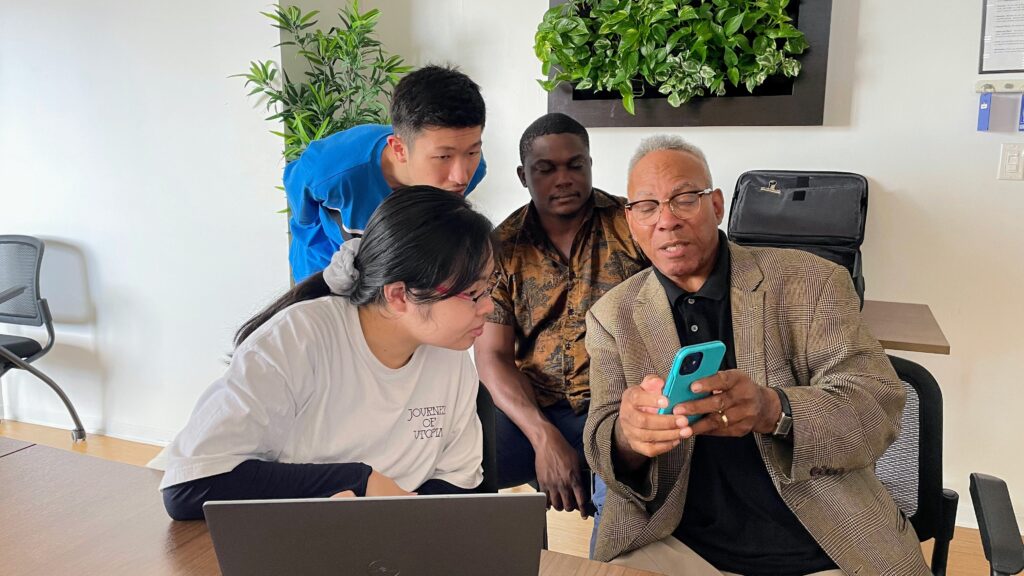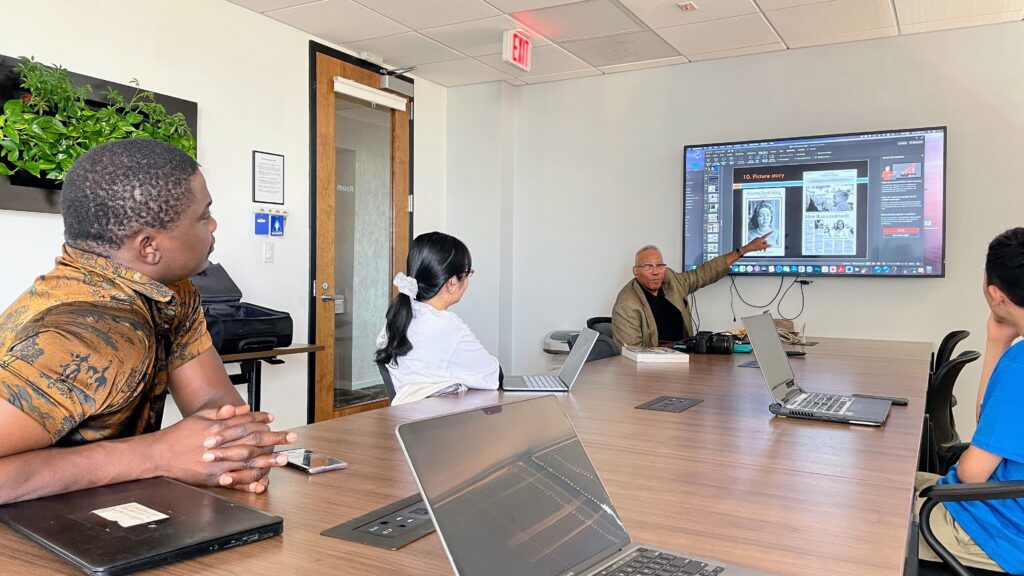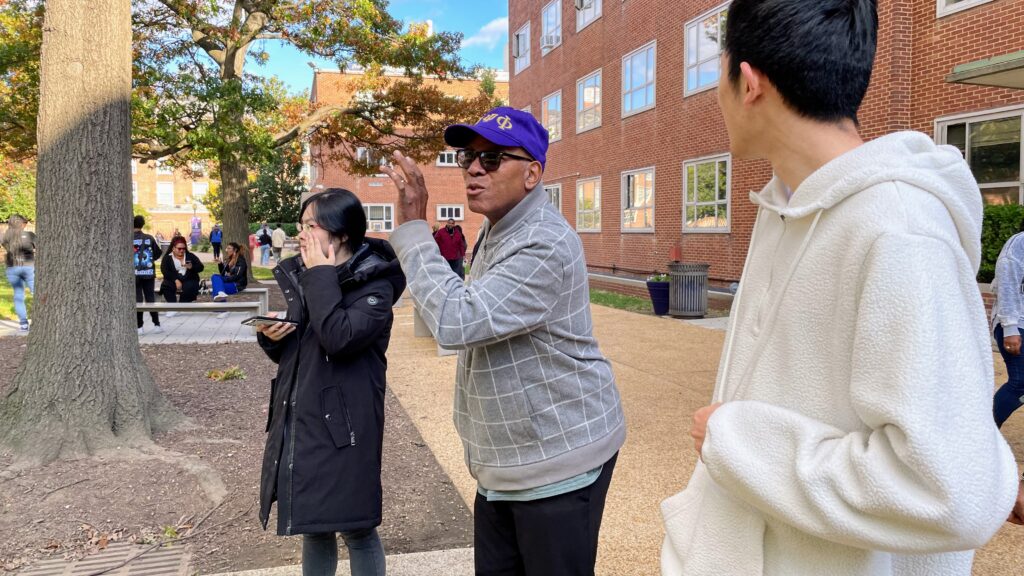


In the fast-evolving landscape of journalism, the role of visual storytelling has become increasingly crucial. As the saying goes, a picture is worth a thousand words, and nowhere is this truer than in the realm of photojournalism. At Olivet School of Media and Communication, students are not only equipped with theoretical knowledge but are also provided with hands-on experiences that allow them to gain a unique perspective on reporting through field practices.
Photojournalism, as a discipline, goes beyond capturing aesthetically pleasing images. It is about telling compelling stories through visuals that evoke emotions and provide a deeper understanding of the subject matter. Dr. Milbert Brown, who teaches a graduate photojournalism class in the Fall quarter, instills these skills in students by sending them to practice field reporting. The classroom setting is undoubtedly important, but it is on the field where students truly come to appreciate the challenges and nuances of the profession.
One of the strengths of OSMC’s D.C. journalism program is the proximity to the Capitol where many social and political events take place. In the past few weeks, students stepped out of the classroom and walked right into various actions around the city to capture moments. They were at Howard University’s homecoming event in October and visited the war memorials on Veteran’s Day. Even though students were not always successful in their operations, the immersive experience taught them to research and plan thoroughly to tackle the unpredictability of actual news reporting.
As a veteran photojournalist, Dr. Brown took a more philosophical than technical approach to the photojournalism class. Working in the field allows students to build relationships with the surrounding communities they are documenting. Whether it’s covering a community event, a political rally, or a human-interest story, the interactions with the neighbors foster a deeper understanding of diverse perspectives, enriching the storytelling process.
In addition, Dr. Brown emphasized thinking critically and making ethical decisions, such as respecting the privacy of individuals, ensuring accuracy in the photo captions, and representing diverse voices fairly. These ethical considerations are integral to responsible journalism.
The learning experience does not just end on the field. Students engage in debriefing and photo critique sessions with Dr. Brown after they have submitted their work on a deadline. These sessions provide a platform for students to reflect on their experiences, share insights, and receive constructive feedback.
Esther Li, one of the students, felt accomplished with the hands-on learning: “I am thankful for the opportunity to participate in this class. Throughout the course, I gained an understanding of the essence of journalism and acquired insights into diverse styles of photography. The captivating array of news photos and collections captured by accomplished journalism photographers was impressive. This experience has provided me with an entirely new perspective, allowing me to perceive the world through the discerning lens of news photographers. The unique challenge faced by news photographers, who must authentically capture real moments without relying on extensive editing, has heightened my admiration for their craft. The art of capturing compelling news photos is a journey that requires continuous effort and commitment.”
